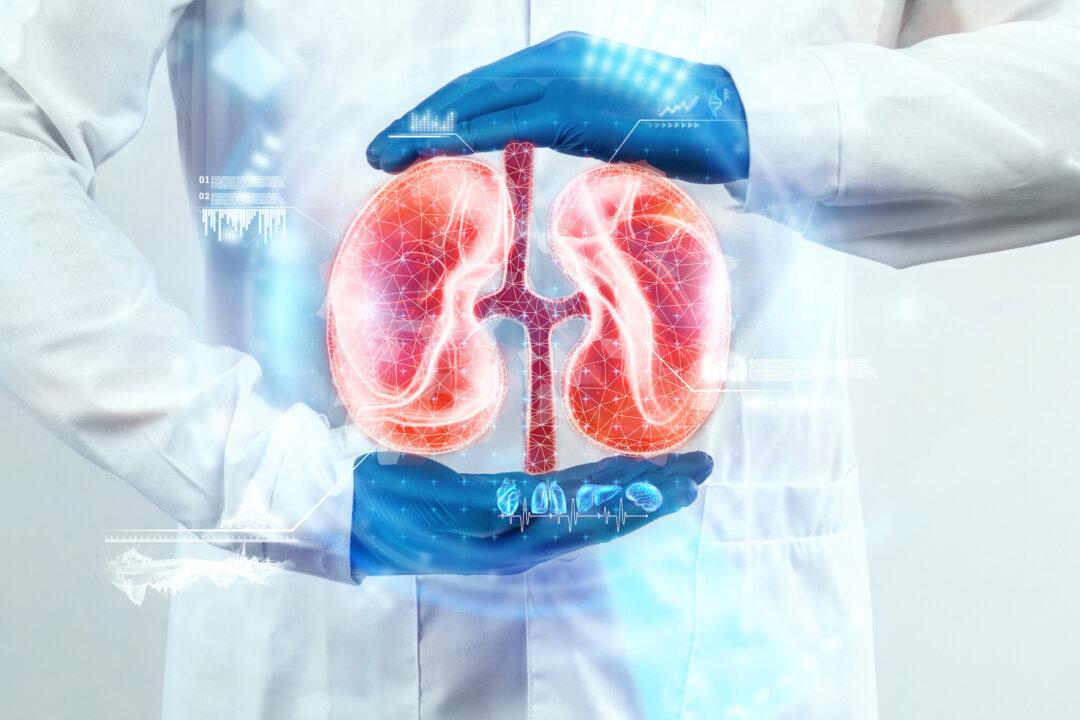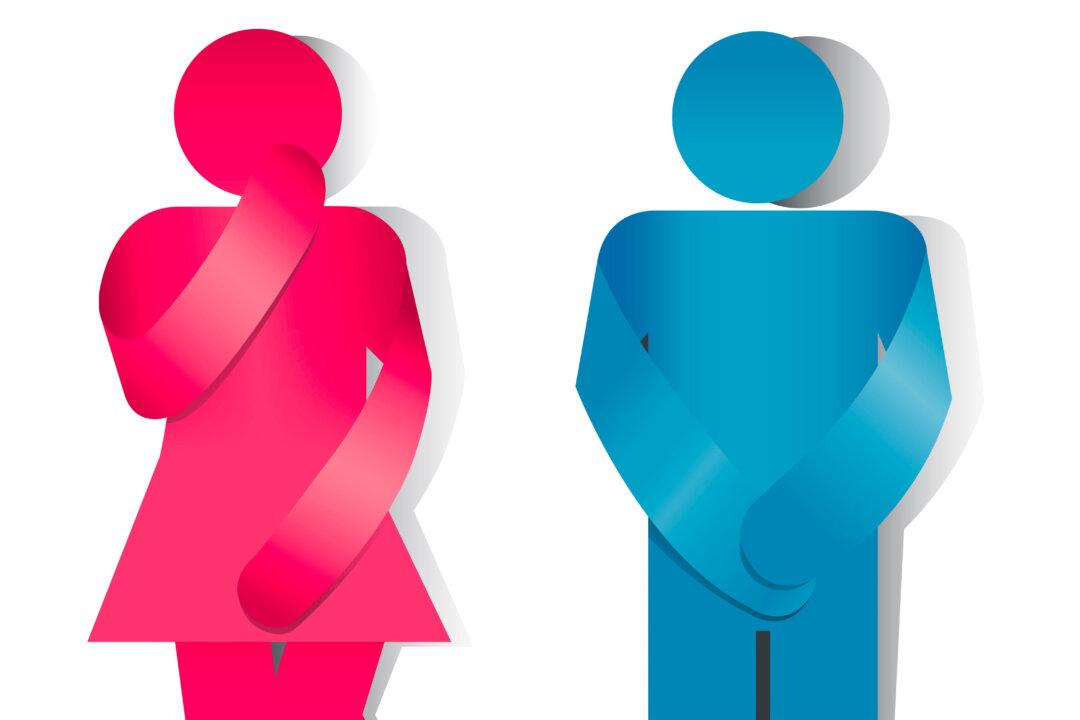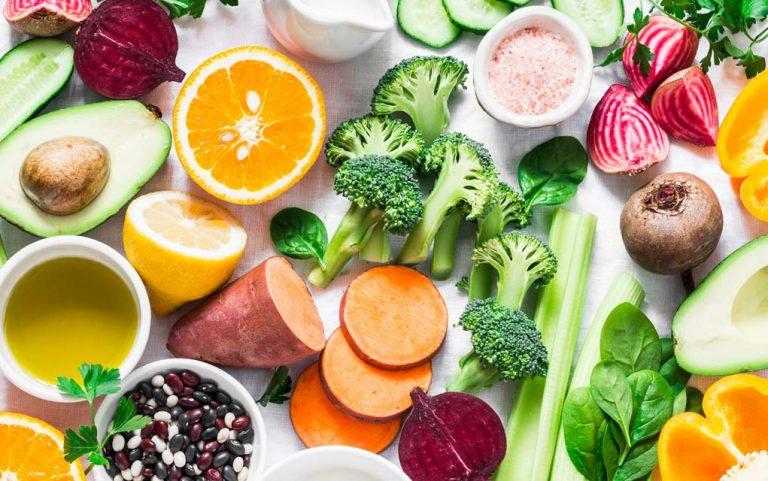An estimated one in ten people will develop kidney stones during their lifetime, and half a million individuals will visit an emergency department each year because of these painful formations. People of just about any age, including children, are increasingly falling victim to kidney stones. Nineteen percent of men and nine percent of women can expect to have a kidney stone. Why are so many people getting “stoned” and what can you do about it?
Between the late 1970s and the late 2000s, the prevalence of kidney stones in the United States increased from 3.8 percent to 8.8 percent. One segment of the population that has seen an increase in kidney stones in children. In addition, new research has established a link between the formation of kidney stones in kids and subsequent development of atherosclerosis.





